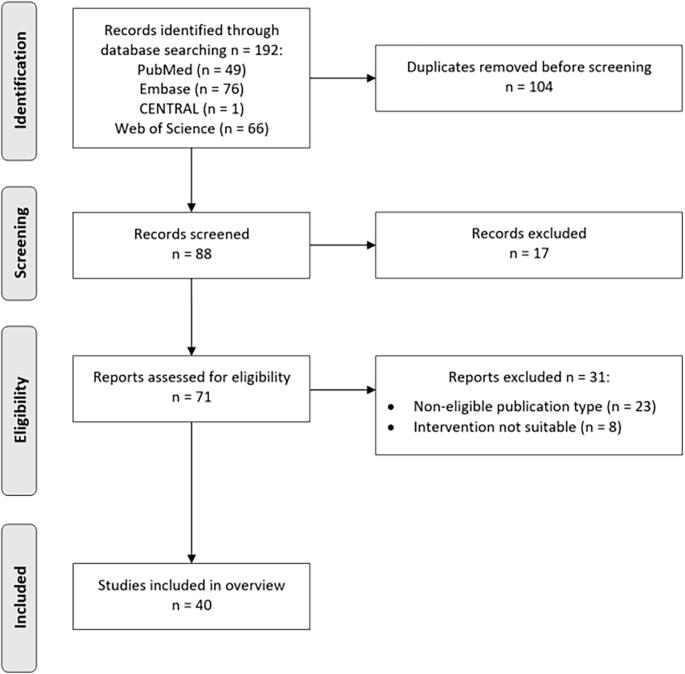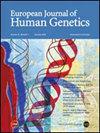新一代表型工具的工作流程分析和评估:Face2Gene的定性研究。
IF 4.6
2区 生物学
Q2 BIOCHEMISTRY & MOLECULAR BIOLOGY
引用次数: 0
摘要
罕见遗传疾病的诊断通常需要长时间的延迟,面部特征是诊断的关键线索。下一代表现型(NGP)工具,如Face2Gene,利用人工智能(AI)驱动的算法来分析患者照片并列出基于面部畸形的鉴别诊断。尽管它们的使用越来越多,临床价值也得到了证实,但人们对它们与临床工作流程的整合仍然知之甚少。本研究评估了Face2Gene在常规临床护理中的实施,以及成功采用的障碍和促进因素。我们进行了文献综述,随后对德国大学医院的15位遗传学家进行了深入访谈。结果显示临床医生对该工具的总体积极评价,强调其可用性。主要的工作流程障碍包括IT集成和患者同意流程。尽管Face2Gene是诊断途径中的一个额外步骤,但它已经有效地纳入了遗传学家的诊断程序,促进了决策过程,并有可能加快某些患者的诊断。我们的研究结果通过证明Face2Gene的有效整合可以提高临床医生的工作效率和工作质量,为现有的NGP技术文献做出了贡献。为了最大限度地发挥NGP技术在遗传医学中的影响,未来的实施工作应该努力争取临床医生的接受,特别是通过用户友好的设计和工作流程实施过程中持续的组织支持。研究注册:德国临床试验注册(DRKS) DRKS00032436。本文章由计算机程序翻译,如有差异,请以英文原文为准。

Workflow analysis and evaluation of a next-generation phenotyping tool: A qualitative study of Face2Gene
The diagnosis of rare genetic disorders often involves prolonged delays, with facial features serving as key diagnostic clues. Next-Generation Phenotyping (NGP) tools, such as Face2Gene, utilize Artificial Intelligence (AI)-driven algorithms to analyze patient photographs and list differential diagnoses based on facial dysmorphism. Despite their growing use and proven clinical value, their integration into clinical workflows remains poorly understood. This study evaluates Face2Gene’s implementation into routine clinical care with barriers and facilitators to successful adoption. We conducted a literature review, followed by in-depth interviews with 15 geneticists across university hospitals in Germany. Results showed an overall positive appraisal of the tool among clinicians with emphasis on its usability. Key workflow barriers comprised IT integration and patient consent process. Despite being an additional step in the diagnostic pathway, Face2Gene has been effectively incorporated into geneticists’ diagnostic routines, facilitating decision processes, and potentially expediting diagnoses for some patients. Our findings contribute to the existing literature on NGP technologies by demonstrating that effective integration of Face2Gene can enhance clinicians’ efficiency and quality of work. To maximize impact of NGP technologies in genetic medicine, future implementation efforts should strive for clinicians’ acceptance particularly through user-friendly design and sustained organizational support in course of workflow implementation. Study registration: German Register for Clinical Trials (DRKS) DRKS00032436
求助全文
通过发布文献求助,成功后即可免费获取论文全文。
去求助
来源期刊

European Journal of Human Genetics
生物-生化与分子生物学
CiteScore
9.90
自引率
5.80%
发文量
216
审稿时长
2 months
期刊介绍:
The European Journal of Human Genetics is the official journal of the European Society of Human Genetics, publishing high-quality, original research papers, short reports and reviews in the rapidly expanding field of human genetics and genomics. It covers molecular, clinical and cytogenetics, interfacing between advanced biomedical research and the clinician, and bridging the great diversity of facilities, resources and viewpoints in the genetics community.
Key areas include:
-Monogenic and multifactorial disorders
-Development and malformation
-Hereditary cancer
-Medical Genomics
-Gene mapping and functional studies
-Genotype-phenotype correlations
-Genetic variation and genome diversity
-Statistical and computational genetics
-Bioinformatics
-Advances in diagnostics
-Therapy and prevention
-Animal models
-Genetic services
-Community genetics
 求助内容:
求助内容: 应助结果提醒方式:
应助结果提醒方式:


